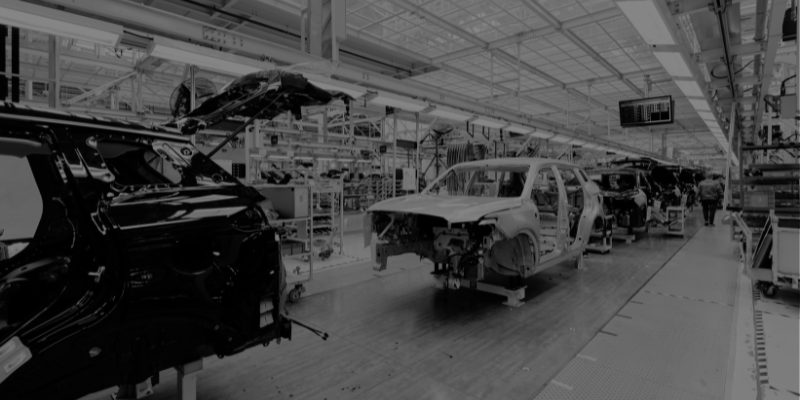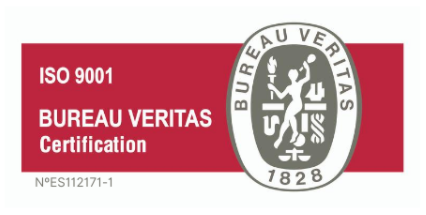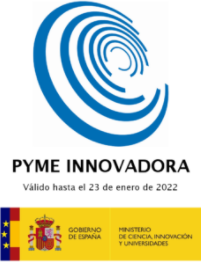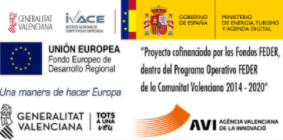The 5S Methodology focuses on optimization and organization in the Automotive Industry. If you want to discover how these five "S's" can revolutionize production and management in this sector, you are in the right place.
In the competitive automotive industry, efficiency is key to staying ahead. One of the most powerful tools to achieve this is this celebrated system. Join us on this exciting journey to learn exactly what this system is, how it is implemented and why leading companies have successfully adopted it.
What does this methodology consist of?
The 5S Methodology is a management system originating in Japan that focuses on improving organization and efficiency in the workplace. This tool, which belongs to Lean Manufacturing, defines improvement practices in terms of order and cleanliness, while setting standards in efficient and effective processes. In this way, it improves workplaces, which leads to an increase in the productivity of industrial processes.
The name "5S" comes from five Japanese words, each of which represents a fundamental stage in the implementation process. Below, we describe what each of these stages means:
What are the 5S?
- Seiri (Classification): This involves the identification and elimination of unnecessary elements in the work area, such as unused tools, defective parts or obsolete equipment in each workstation or area where the methodology is applied.
- Seiton (Order): Once the items needed at the workstation have been sorted, they must be organized efficiently. This includes assigning specific locations to tools and parts to ensure that they are easily accessible and available when needed.
- Seiso (Cleanliness): The 5S Methodology teaches us that in order to have a clean place, it must first be sorted and tidy. Maintaining a clean and orderly work environment not only increases safety, but also contributes to the quality and accuracy of automotive production.
- Seiketsu (Standardization): This fourth stage focuses on establishing standards and procedures to maintain the 5S in the long term. The objective is to create habits and routines that become part of the organizational culture.
- Shitsuke (Discipline): The fifth and final "S" refers to the discipline necessary to maintain and continuously improve the 5S. Working with this methodology generates culture and motivation in people so that they understand its purpose. This implies commitment, self-motivation, perseverance and perseverance of all team members.

Why adopt this methodology in the Automotive Industry?
Companies in the automotive industry use the 5S Methodology to improve efficiency and quality in the workplace. Some benefits of implementing a 5S system in the automotive industry are:
Improved operational efficiency: 5S helps eliminate waste and inefficiency by organizing the workplace so that the necessary tools, parts and equipment are readily identified and available. This reduces search times and improves productivity.
Cost reduction: By reducing waste and improving efficiency, automotive organizations can reduce operating costs, including those related to unnecessary warehousing, duplicate parts and tooling purchases, and poor labor utilization.
Quality improvement: 5S encourages standardization and consistency in processes, which in turn leads to higher product quality and a reduction in defects. By having a clean and orderly workplace, problems and anomalies can be easily identified.
Improved safety: An organized and clean workplace reduces the risk of accidents and injuries. 5S includes the identification and elimination of potential hazards, which contributes to a safer working environment in the automotive industry.
Employee satisfaction: A clean and orderly workplace can improve employee morale and satisfaction. When workers have an organized and efficient environment, they tend to feel more valued and engaged in their work.
Facilitates Lean Manufacturing implementation: 5S is a key component of the Lean Manufacturing philosophy, which seeks to eliminate waste in production processes. By implementing 5S, organizations in the automotive industry are creating a solid foundation for the adoption of Lean principles.
Increased responsiveness to change: An organized workplace is more flexible and can better adapt to changes in production or market demand, which is essential in the automotive industry where conditions can change rapidly.
Improves company image: An organization that practices 5S tends to project an image of efficiency, quality and professionalism, which can be beneficial to its reputation in the industry and among customers.
How are the 5S applied?
The implementation of 5S in the automotive industry involves a well-structured process:
Form a team: Designate a team to lead the implementation of 5S and train employees.
Classification (Seiri): Identify and eliminate unnecessary elements in the work area.
Order (Seiton): Clearly organize and label tools and parts in designated areas.
Cleaning (Seiso): Perform thorough cleaning and establish a regular maintenance program.
Standardization (Seiketsu): Establish standards and procedures to maintain the 5S over time (set up a system of audits to control them).
Discipline (Shitsuke): Encourage discipline and continuous improvement throughout the team.
In this context, you may be interested in the post on how to implement lean manufacturing.
Examples of companies applying this methodology
Several companies in the automotive industry have successfully adopted 5S, achieving impressive results in efficiency and quality. Notable examples include Toyota, Honda and Ford, which have incorporated 5S into their operations and have seen significant improvements in their production processes and customer satisfaction.
In conclusion, the 5S method emerges as an essential tool in the automotive industry, capable of driving efficiency, quality and safety in the workplace. By following the five steps and learning from the successful experiences of leading companies, organizations can enhance their operations and remain competitive in a constantly evolving market. Contact us with any questions or learn more about our month system for the automotive sector.

Product Manager and Quality Systems Engineer
José Antonio Nigro
Responsible for the management and maintenance of the ISO 9001:2015 Standard and responsible for external and internal audits.




